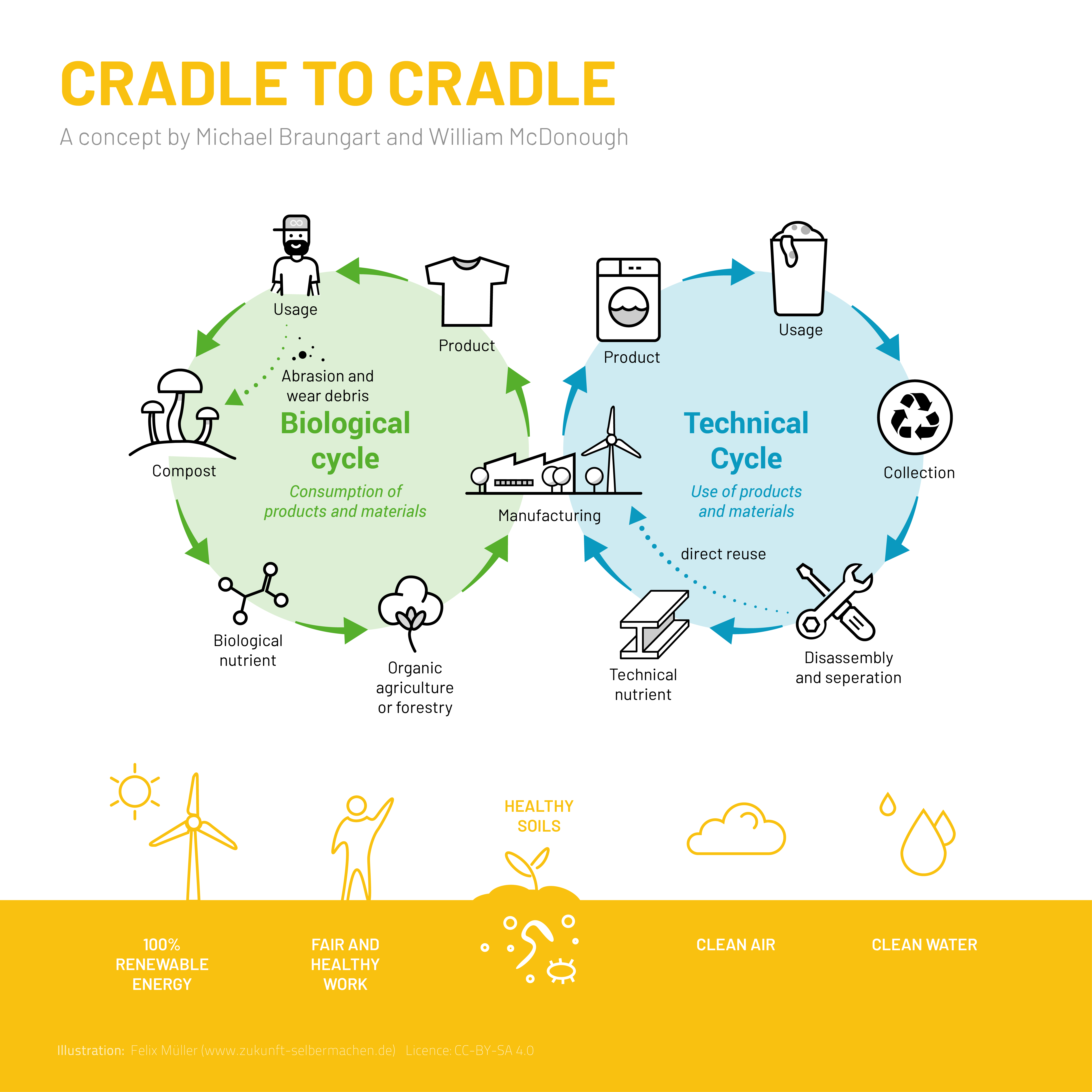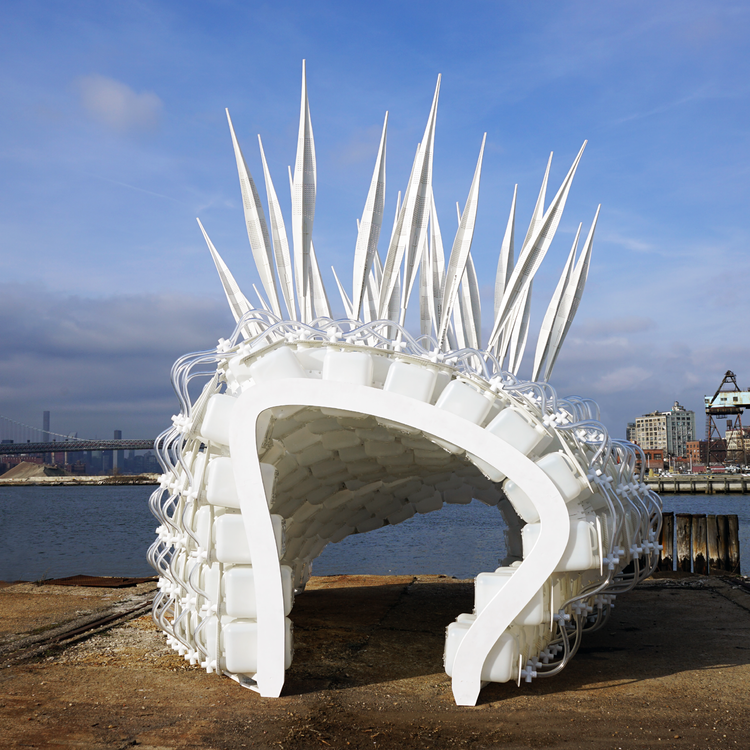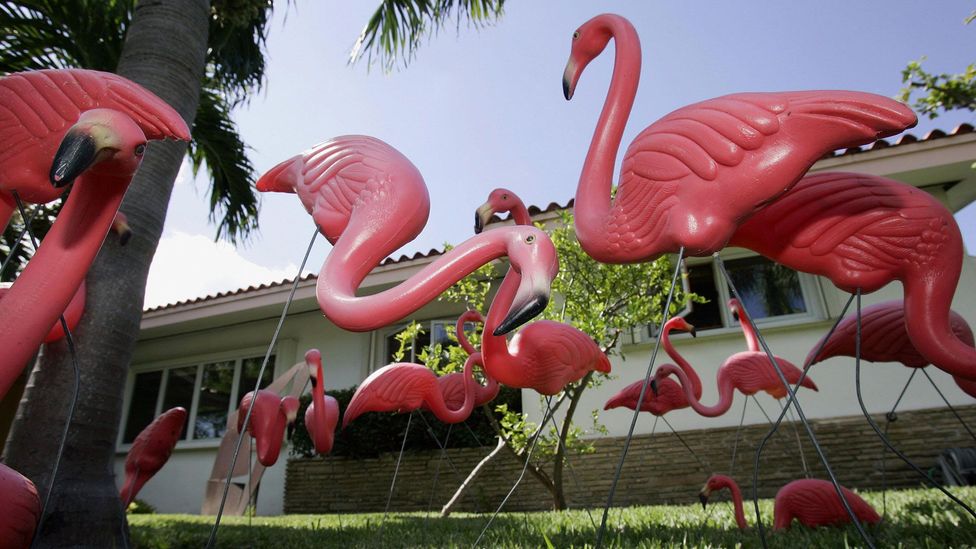Overall Reflection on the topics of the course
Taking part in an environmental design course has been a transformative journey that has not only deepened my understanding of the intricate relationship between human beings and their surroundings but has also ignited a passion for sustainable and thoughtful design. This comprehensive exploration has not only broadened my perspective on environmental issues but has also equipped me with the knowledge and skills to contribute meaningfully to the creation of spaces that prioritize ecological balance and human well-being.
One of the key takeaways from the course has been the emphasis on a holistic approach to design. It’s not merely about creating aesthetically pleasing structures but involves a meticulous consideration of environmental impacts. This holistic perspective urges designers to look beyond the immediate visual appeal and consider the long-term effects of their creations. From analyzing site conditions to understanding the life cycle of materials, every step in the design process is scrutinized through an environmental lens. This approach has instilled in me a sense of responsibility as a designer, making me conscious of the lasting footprint that each project can leave on the planet.
Moreover, the course has fostered an appreciation for the interconnectedness of various elements in the built environment. It has made me realize that a successful design is one that seamlessly integrates with its surroundings, promoting sustainability and harmony. Whether it’s incorporating green spaces to enhance biodiversity, optimizing natural light and ventilation to reduce energy consumption, or choosing materials with a low environmental impact, every decision plays a role in shaping a space that is not just visually pleasing but also ecologically responsible.
Additionally, the collaborative nature of the course has been a key factor in enriching my learning experience. Working alongside peers with diverse backgrounds and perspectives has broadened my understanding of environmental challenges and solutions.
Furthermore, the course has instigated a shift in my mindset towards more sustainable living practices beyond the realm of design. It has made me critically evaluate my own lifestyle choices and their impact on the environment. This newfound awareness extends beyond the professional sphere, influencing personal decisions such as consumption patterns, waste management, and energy usage. This personal transformation underscores the profound impact that an environmental design course can have on an individual, transcending the boundaries of academia to shape a more sustainable way of life.
In conclusion, the environmental design course has been a transformative and enlightening experience. It has equipped me with the knowledge, skills, and mindset needed to navigate the complex challenges of designing spaces that are not only visually appealing but also environmentally responsible. This course has not only shaped my professional aspirations but has also influenced my personal values, fostering a deep commitment to contributing positively to the well-being of the planet through thoughtful and sustainable design practices.
Fig1: www.arch2o.com- Solar Panels in the middle of the city
Fig2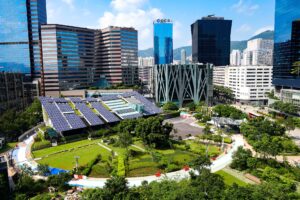 : www.re-thinkingthefuture.com
: www.re-thinkingthefuture.com
Sources: Fig3: www,mcessex.co.uk – Principles of Sustainable Architecture
:
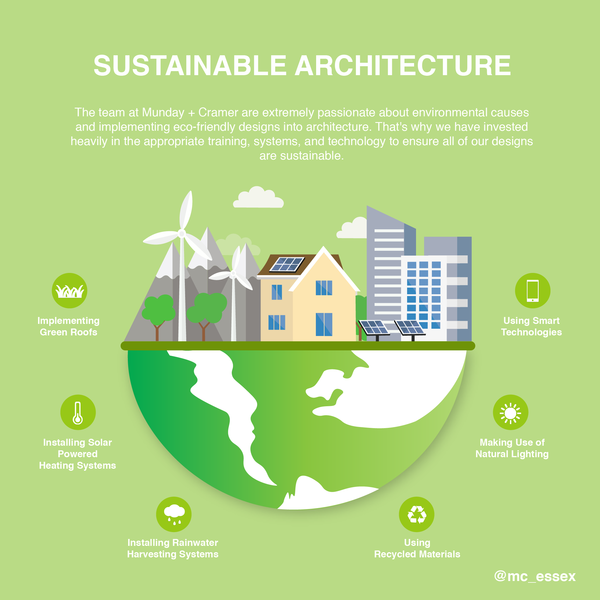

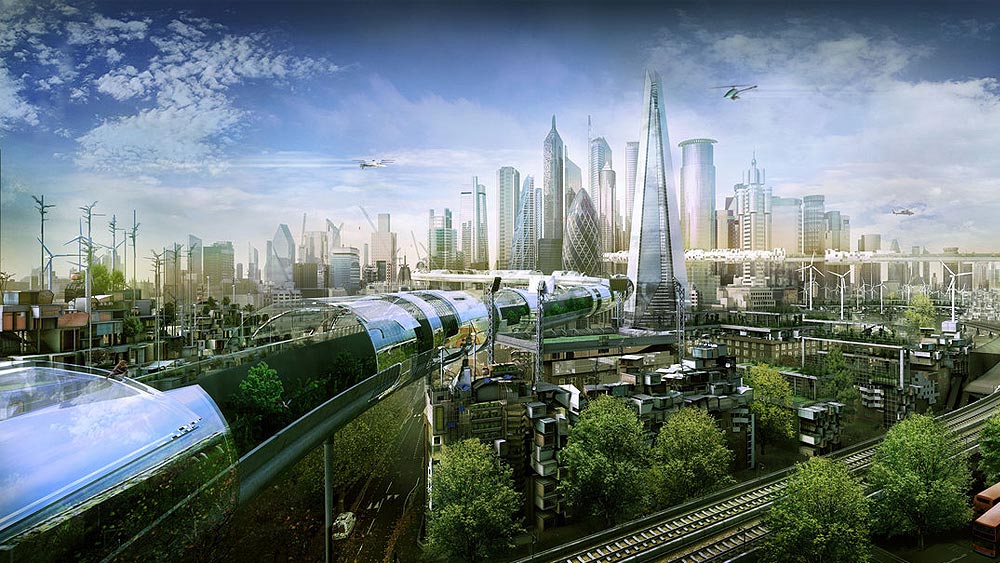

 Initially celebrated for its convenience and adaptability, the unintended environmental consequences of plastic have since emerged as a significant global concern. Globally, the popular opinion went from adoration to hatred regarding plastic, in a matter of a few decades. We have come to the realisation that as efficient as this material is for humans , it is incredibly detrimental for the planet. Thus, we collectively came up with ways of combating the damage we have done. Nowadays, there are a plethora of alternatives for plastic, that we can incorporate into our daily lives. Yet, it still does not seem to be enough. Perhaps we need to reanalyse the problem instead of ignoring it. Perhaps we need to start being ecstatic about plastic again. I know, that sounds rather contradictory to all the downsides plastic is known for, but maybe, if we were to find ways of reutilising the already existing plastic, there would be no need for getting rid of it. Some ways in which we could make plastic resonate with the environmental movement would be choosing durable products, using recycled plastics, or the easiest method in my opinion, upcycling and repurposing. I remember seeing a really ingenious idea a few weeks ago, which implied turning bottles into pots for a vertical , hanging garden.
Initially celebrated for its convenience and adaptability, the unintended environmental consequences of plastic have since emerged as a significant global concern. Globally, the popular opinion went from adoration to hatred regarding plastic, in a matter of a few decades. We have come to the realisation that as efficient as this material is for humans , it is incredibly detrimental for the planet. Thus, we collectively came up with ways of combating the damage we have done. Nowadays, there are a plethora of alternatives for plastic, that we can incorporate into our daily lives. Yet, it still does not seem to be enough. Perhaps we need to reanalyse the problem instead of ignoring it. Perhaps we need to start being ecstatic about plastic again. I know, that sounds rather contradictory to all the downsides plastic is known for, but maybe, if we were to find ways of reutilising the already existing plastic, there would be no need for getting rid of it. Some ways in which we could make plastic resonate with the environmental movement would be choosing durable products, using recycled plastics, or the easiest method in my opinion, upcycling and repurposing. I remember seeing a really ingenious idea a few weeks ago, which implied turning bottles into pots for a vertical , hanging garden.
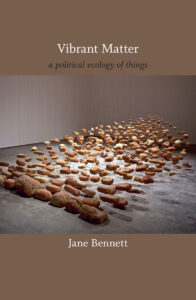

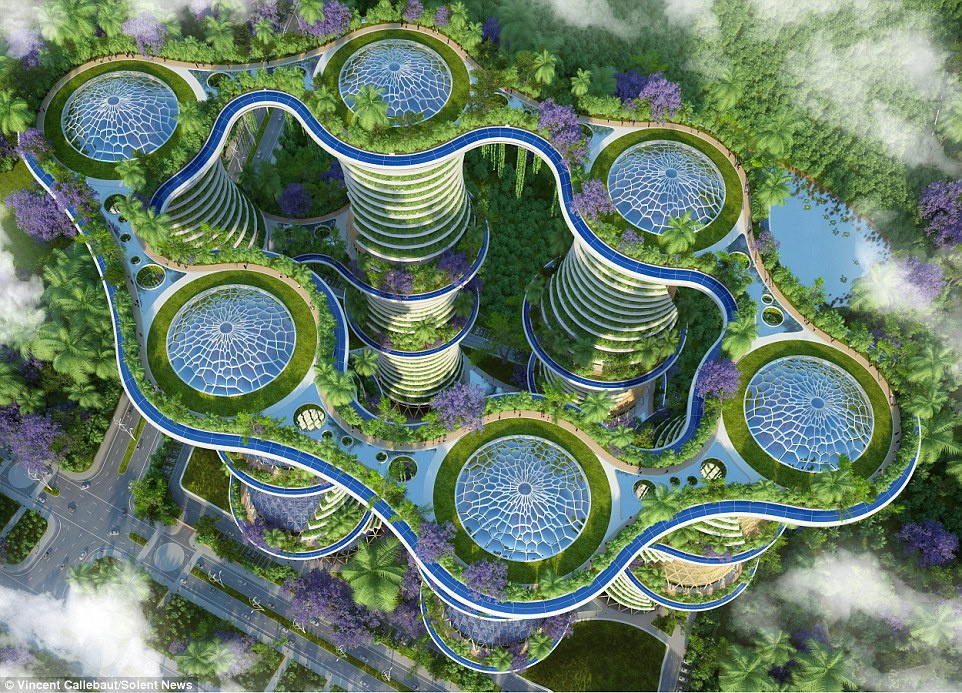 application and implications in these diverse disciplines. The book offers an in-depth analysis of how environmental concerns are addressed and understood across these fields, providing valuable insights into the intersection of environmentalism and different areas of study and practice. It’s a significant commentary that encourages readers to think critically about the environmental discourse and its role in shaping these disciplines.
application and implications in these diverse disciplines. The book offers an in-depth analysis of how environmental concerns are addressed and understood across these fields, providing valuable insights into the intersection of environmentalism and different areas of study and practice. It’s a significant commentary that encourages readers to think critically about the environmental discourse and its role in shaping these disciplines.


 Last week’s lecture presented various ideologies, such as capitalism and the cradle to grave idea. Opposite to those ideas, stood Karl Marx’s ideologies and the cradle to cradle idea. In my opinion, socialism or communism are not the response, as in practice it never truly works equally for everyone. I believe, we can implement the cradle to cradle idea in a capitalist society, as a longterm response to years of wastefulness. There are already a myriad of products that can be reused and are not harmful for the environment, such as bamboo toothbrushes or shampoo bars that don’t contain packaging. But nothing is forever, and everything runs out at one point. Thus, what would be the best way to implement cradle to cradle into our daily lives? The C2C concept, developed by William McDonough and Michael Braungart, advocates for designing products and systems that are regenerative and sustainable, with a focus on minimising waste and environmental impact. Some possible ways for implementing C2C would be: completely rethinking and redesigning products with the purpose of extending the product’s life, eco-friendly materials, education and more awareness about the topic, financial aid for brands that strive to go into a C2C direction. A C2C future is possible, but it goes without saying that it would take a lot of work and collective determination. When applying the Cradle to Cradle principles to interior design for instance, the goal is to create spaces that are not only aesthetically pleasing but also environmentally responsible. Material selection is one incredibly effective way of making sure that the project’s components can have a life even long after the initial concept has served its purpose. Thus, choosing materials that are safe, healthy, and environmentally sustainable, looking for products that have been certified by organisations like Cradle to Cradle Certified™, which assesses materials based on factors such as material health, material reutilisation, renewable energy, water stewardship, and social fairness, using recyclabale and recycled materials represent a myriad of ways in which the C2C concept can successfully be implemented into interior design. Furthermore, I find it that designers should search for inspiration, materials and ways of building in the surrounding environment and should opt for locally sourced alternatives. Amongst different architectural styles,Japanese architecture is considered to be the most sustainable, as it is reflecting a harmonious relationship with nature and a commitment to resource efficiency. To further my point, Japanese interior architecture is adamant on incorporating lots of cultural, locally sourced materials such as dried up bamboo or integrating nature in various ways. It is also very adaptable and flexible, as elements are modular and can be repurposed from one interior to a different kind of interior. Perhaps the most sustainable aspect would be the traditional craftsmanship that is involved in Japanese design, practice that reminds me of William Morris’s concept, the Arts and Crafts movement. Since every piece is unique, there is no mass production, thus no mass pollution.
Last week’s lecture presented various ideologies, such as capitalism and the cradle to grave idea. Opposite to those ideas, stood Karl Marx’s ideologies and the cradle to cradle idea. In my opinion, socialism or communism are not the response, as in practice it never truly works equally for everyone. I believe, we can implement the cradle to cradle idea in a capitalist society, as a longterm response to years of wastefulness. There are already a myriad of products that can be reused and are not harmful for the environment, such as bamboo toothbrushes or shampoo bars that don’t contain packaging. But nothing is forever, and everything runs out at one point. Thus, what would be the best way to implement cradle to cradle into our daily lives? The C2C concept, developed by William McDonough and Michael Braungart, advocates for designing products and systems that are regenerative and sustainable, with a focus on minimising waste and environmental impact. Some possible ways for implementing C2C would be: completely rethinking and redesigning products with the purpose of extending the product’s life, eco-friendly materials, education and more awareness about the topic, financial aid for brands that strive to go into a C2C direction. A C2C future is possible, but it goes without saying that it would take a lot of work and collective determination. When applying the Cradle to Cradle principles to interior design for instance, the goal is to create spaces that are not only aesthetically pleasing but also environmentally responsible. Material selection is one incredibly effective way of making sure that the project’s components can have a life even long after the initial concept has served its purpose. Thus, choosing materials that are safe, healthy, and environmentally sustainable, looking for products that have been certified by organisations like Cradle to Cradle Certified™, which assesses materials based on factors such as material health, material reutilisation, renewable energy, water stewardship, and social fairness, using recyclabale and recycled materials represent a myriad of ways in which the C2C concept can successfully be implemented into interior design. Furthermore, I find it that designers should search for inspiration, materials and ways of building in the surrounding environment and should opt for locally sourced alternatives. Amongst different architectural styles,Japanese architecture is considered to be the most sustainable, as it is reflecting a harmonious relationship with nature and a commitment to resource efficiency. To further my point, Japanese interior architecture is adamant on incorporating lots of cultural, locally sourced materials such as dried up bamboo or integrating nature in various ways. It is also very adaptable and flexible, as elements are modular and can be repurposed from one interior to a different kind of interior. Perhaps the most sustainable aspect would be the traditional craftsmanship that is involved in Japanese design, practice that reminds me of William Morris’s concept, the Arts and Crafts movement. Since every piece is unique, there is no mass production, thus no mass pollution.